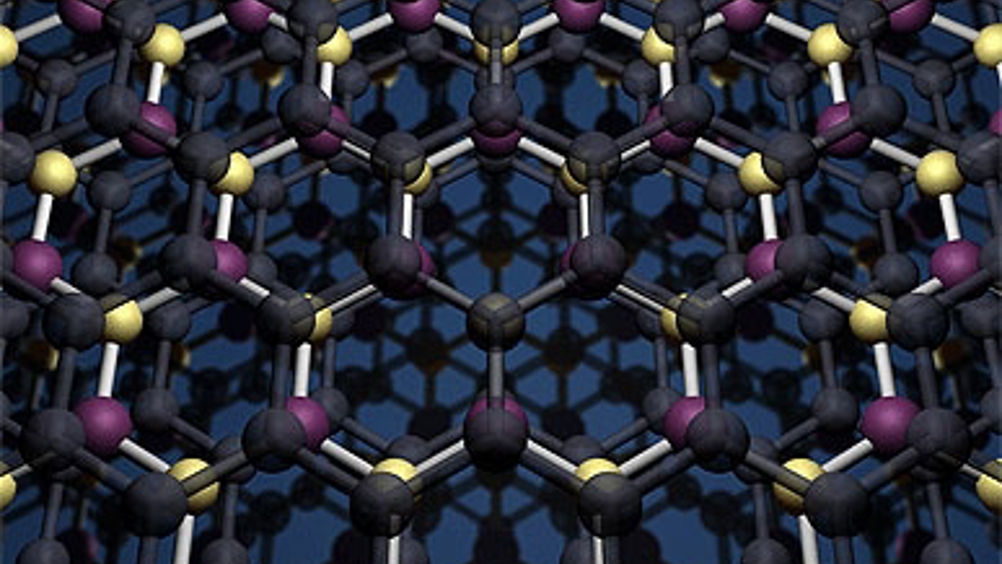Discovery points to graphene base for microelectronics
Arizona University scientists have made an electron-flow discovery that brings graphene applications in electronics a step closer.

According to a statement, the researchers have found that boron nitride influences how electrons flow through graphene, the one-atom-thick form of carbon that is regularly heralded as the next big thing in the quest for smaller and less power-hungry electronics.
‘If you want to make a transistor, for example, you need to be able to stop the flow of electrons,’ said Brian LeRoy, an assistant professor in the University of Arizona’s department of physics. ‘But in graphene, the electrons just keep going. It’s difficult to stop them.’
LeRoy’s group, which has published a paper on the research in the journal Nature Physics, found that mounting graphene on boron nitride prevents some of the electrons from passing through the material, a first step toward a more controlled electron flow.
The team also showed that in addition to providing mechanical support, boron nitride improves the electronic properties of graphene by smoothening out fluctuations in the electronic charges.
Register now to continue reading
Thanks for visiting The Engineer. You’ve now reached your monthly limit of news stories. Register for free to unlock unlimited access to all of our news coverage, as well as premium content including opinion, in-depth features and special reports.
Benefits of registering
-
In-depth insights and coverage of key emerging trends
-
Unrestricted access to special reports throughout the year
-
Daily technology news delivered straight to your inbox










Water Sector Talent Exodus Could Cripple The Sector
Maybe if things are essential for the running of a country and we want to pay a fair price we should be running these utilities on a not for profit...